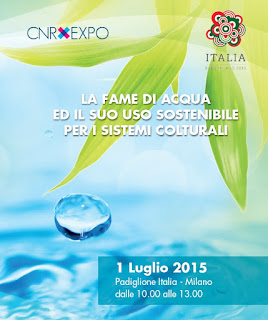
L’irrigazione di precisione per il risparmio idrico
Water scarcity is a growing concern for sustainable agriculture worldwide (Seo et al., 2008). About a third of the population in developing countries is likely to experience severe water scarcity by the year 2025 (Molden et al., 2001). Many nations have attempted to reform their water management systems by improving their irrigation systems (Johnson et al., 1995; Meinzen-Dick et al., 2002).
Under a scenario of
reduced water availability, increasing competition for water,
increasing drought frequency and uncertainties associated with a
changing climate, Europe’s irrigated agriculture sector needs to
produce more with less water (Monaghan et al., 2013).
Irrigation is
defined as the application of water to soil through different types
of systems to supply the moisture essential for plant growth.
Irrigation plays a vital role in increasing crop yields and
stabilizing production. Although, irrigation systems are designed to
provide a fairly uniformity of water application, considerable
variation in crops production still exist, which is often attributed
to spatial variability in soil water holding capacity and related
nutrient availability.
This variability can
be managed and economic benefit can be obtained. Precision irrigation
or site-specific variable-rate irrigation can be defined as the
ability to vary water application depths spatially across the field
to match the specific soil, crop and other conditions in unique zones
within a field.
The key steps in a
precision irrigation system are:
- Data acquisition: precision irrigation requires sampling, mapping, analysis and management of production areas taking into consideration the spatial and temporal variability of soil and crop. Many sensors (proximal and remote) are available to measure the various components of the soil-crop-atmosphere continuum.
- Interpretation: the collected data has to be interpreted and analysed at the appropriate scale and frequency.
- Control: it is essential to reallocate inputs (the application rate of water or the application time) and adjust irrigation management at appropriate temporal and spatial scales.
- Evaluation: it is an important step to measure the technical, agronomic and economic performance of the irrigation system to provide feedback and improvement.

Seguici su twitter: @famediacqua
Hashtag: #VivaioRicerca #FamediAqua
Facebook: CNRxEXPO











0 commenti:
Posta un commento